
Acquisition Dates: April 5, 2021 - April 8, 2021 - April 13, 2021 - Feb. 4 - 5, 2022 - Feb. 14, 2024 - Feb. 17, 2024
Filter used: Optolong L-Pro 2":
Integration: 4h 53′ 30″
🔭Messier 95🔭M95 is a barred spiral galaxy about 33 M l-y away in constellation Leo. Star formation is occurring in at least five regions and this clusters contain 1.8–8.7 M stars and may be on the way to forming globular clusters.
www.astrobin.com/full/p648at/E/
#Astrophotography #Astronomy #Galaxy
22.09.2025 16:50 — 👍 5 🔁 1 💬 0 📌 0

Atomic hydrogen and oxygen emissions from Messier-17, a star-forming region in Sagittarius, 5-6k LY away. Imaged from La Crescenta, 9 mi north of Los Angeles, peering southward over downtown LA, using APM 140mm doublet refractor, 0.8x reducer, and asi1600mm with ZWO Ha and Oiii filters.
M17, the Omega Nebula, aka the Swan Nebula, imaged in narrowband (HOO) - From Ryan Kinnett (rkinnett.bsky.social) - https://flic.kr/p/2m9maWV
10.09.2025 16:00 — 👍 151 🔁 24 💬 1 📌 0

A smooth galaxy from the Galaxy Zoo 2 project, classified by 43 volunteers.
A smooth galaxy, observed with the Apache Point 2.5m Telescope in the SDSS survey.
It is at redshift 0.079 (lookback time 1.08 billion years) with coordinates (177.92163, -3.17477).
43 volunteers classified this galaxy in Galaxy Zoo 2.🔭
11.09.2025 09:19 — 👍 7 🔁 1 💬 0 📌 0

A spiral galaxy from the Galaxy Zoo 2 project, classified by 48 volunteers.
A spiral galaxy, observed with the Apache Point 2.5m Telescope in the SDSS survey.
It is at redshift 0.028 (lookback time 397.0 million years) with coordinates (245.76239, 26.53822).
48 volunteers classified this galaxy in Galaxy Zoo 2.
11.09.2025 08:25 — 👍 12 🔁 2 💬 0 📌 0

Description details: https://www.astrobin.com/p6h4bu/0/
Full resolution: https://www.astrobin.com/full/p6h4bu/0/
Acquisition Dates: April 5, 2021 - April 8, 2021 - April 13, 2021 - Feb. 4 - 5, 2022 - Feb. 14, 2024 - Feb. 17, 2024
Filter used: Optolong L-Pro 2":
Integration: 4h 53′ 30″
🔭M95 M96 M105 & Friends🔭This galaxies are within the M96 Group (also known as the Leo I Group), in the constellation Leo, the other Messier objects of which are M95 and M105. All lies at aprox. 32.6 MM ly from Earth.
astrobin.com/full/p6h4bu/0
#Astrophotography #Astronomy #Galaxy
11.09.2025 09:18 — 👍 1 🔁 0 💬 0 📌 0
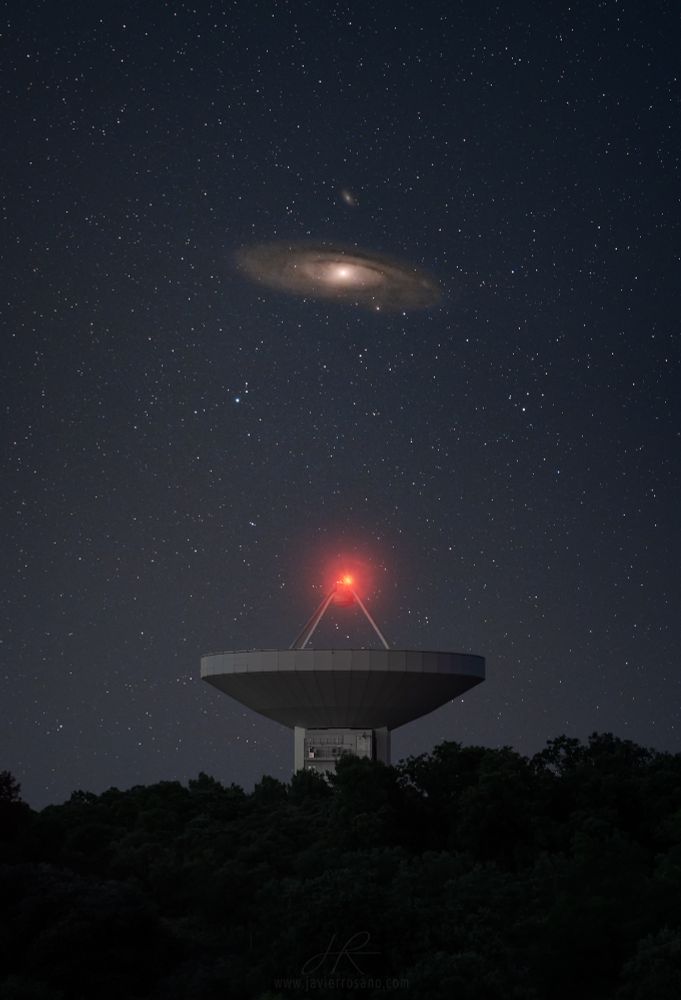
📡 El gran radiotelescopio de 40 metros del observatorio de Yebes, bajo la mirada de la galaxia de Andrómeda y las más pequeñas, M110 y M32.
Entre tormentas y contaminación lumínica, llegué a la localización sin saber si podría capturar la imagen que tenía en mente.
06.07.2025 15:57 — 👍 6 🔁 3 💬 1 📌 0
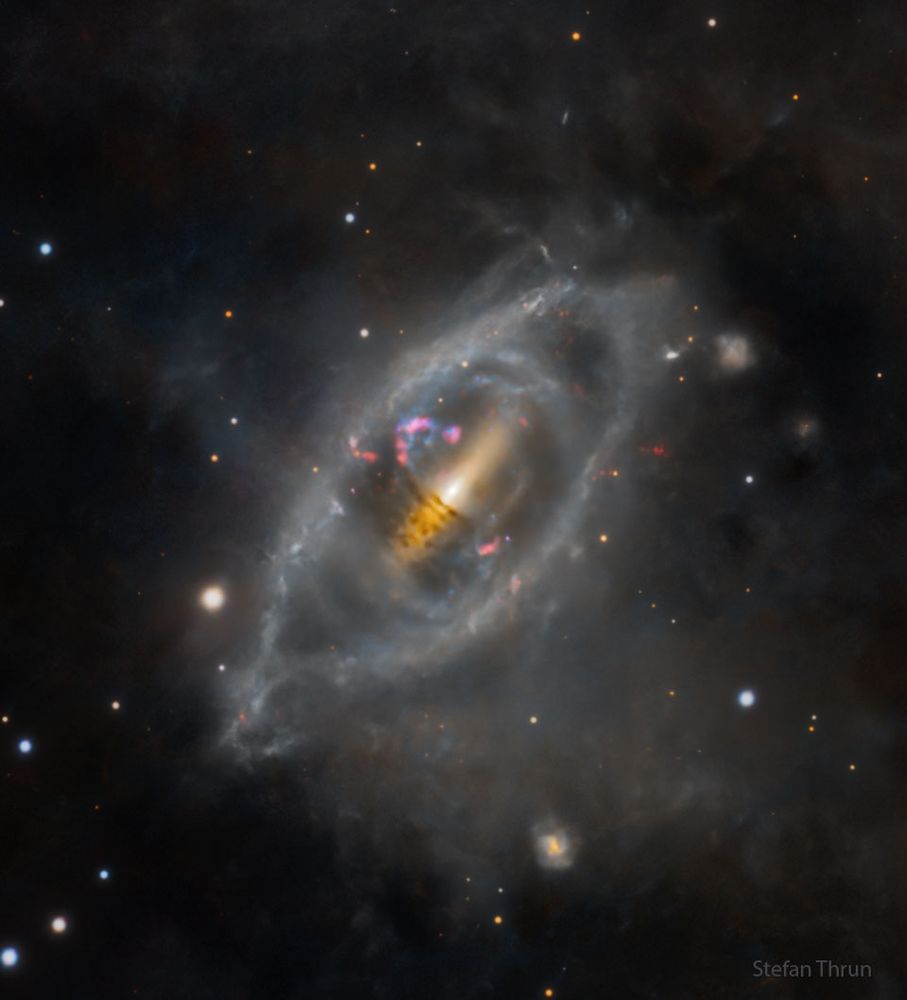
An unusual galaxy is shown that appears lens-like in overall shape yet has various rings of stars around the center. Please see the explanation for more detailed information.
🔭 NGC 2685: The Helix Galaxy
Image Credit & Copyright: Stefan Thrun
apod.nasa.gov/apod/ap25071...
14.07.2025 08:00 — 👍 150 🔁 36 💬 1 📌 2
![Messier 14 – Metal-Poor Globular Cluster in Ophiuchus
Messier 14 (NGC 6402) is a moderately concentrated globular cluster located in the constellation Ophiuchus, approximately 30,300 light-years from Earth. With an estimated age of ~13.25 billion years, it is a representative example of the old, metal-poor stellar populations that inhabit the Galactic halo.
The cluster spans about 100 light-years in diameter and contains several hundred thousand Population II stars. Its low metallicity ([Fe/H] ≈ –1.28) reflects a formation epoch early in the history of the Milky Way. M14 is classified as a Shapley-Sawyer Class VIII cluster and exhibits a relatively diffuse outer halo surrounding a dense core.
More than 70 RR Lyrae variable stars have been identified within the cluster, making it useful for refining distance measurements through the period-luminosity relation. In 1938, a nova event was recorded on photographic plates, one of the few confirmed nova eruptions within a globular cluster.
Imaging Details:
Telescope: Celestron EdgeHD 8"
Camera: ZWO ASI1600MM Pro
Filters: ZWO Red, Green, Blue (36mm)
Exposure:
Red: 96 × 60 sec
Green: 90 × 60 sec
Blue: 90 × 60 sec
Mount: Sky-Watcher EQ6-R Pro
Software: NINA (acquisition), PixInsight (processing)
This image resolves the core and extended halo of M14 in broadband RGB. The cluster’s structure and variable population contribute to studies of globular cluster dynamics, distance calibration, and the early chemical evolution of the Milky Way.](https://cdn.bsky.app/img/feed_thumbnail/plain/did:plc:6mpbzjkeebrjlj2jbtehabsu/bafkreibg6x6yxrrelxu56lsuvsj2svvc5dmyro7qkb7wbosjluu6nuuvxe@jpeg)
Messier 14 – Metal-Poor Globular Cluster in Ophiuchus
Messier 14 (NGC 6402) is a moderately concentrated globular cluster located in the constellation Ophiuchus, approximately 30,300 light-years from Earth. With an estimated age of ~13.25 billion years, it is a representative example of the old, metal-poor stellar populations that inhabit the Galactic halo.
The cluster spans about 100 light-years in diameter and contains several hundred thousand Population II stars. Its low metallicity ([Fe/H] ≈ –1.28) reflects a formation epoch early in the history of the Milky Way. M14 is classified as a Shapley-Sawyer Class VIII cluster and exhibits a relatively diffuse outer halo surrounding a dense core.
More than 70 RR Lyrae variable stars have been identified within the cluster, making it useful for refining distance measurements through the period-luminosity relation. In 1938, a nova event was recorded on photographic plates, one of the few confirmed nova eruptions within a globular cluster.
Imaging Details:
Telescope: Celestron EdgeHD 8"
Camera: ZWO ASI1600MM Pro
Filters: ZWO Red, Green, Blue (36mm)
Exposure:
Red: 96 × 60 sec
Green: 90 × 60 sec
Blue: 90 × 60 sec
Mount: Sky-Watcher EQ6-R Pro
Software: NINA (acquisition), PixInsight (processing)
This image resolves the core and extended halo of M14 in broadband RGB. The cluster’s structure and variable population contribute to studies of globular cluster dynamics, distance calibration, and the early chemical evolution of the Milky Way.
Messier 14 is a moderately concentrated globular cluster located in the constellation Ophiuchus, approximately 30,300 ly from Earth. The cluster spans about 100 light-years in diameter and has an estimated age of 13.25 million years. #astrophotography @kat-astro-bot.bsky.social
14.07.2025 00:09 — 👍 55 🔁 7 💬 2 📌 0
Wow! Check out the gorgeous movie that the Parker Solar Probe made on Christmas Day!🎄☃️🎁🤶
It was travelling past the Sun at 430,000 mph (i.e London to New York in 30sec) at a distance of only 9.85 Sun-Radii above the solar surface. Temperatures were > 1000℃ 🥵
🔭🧪
🎥: www.youtube.com/watch?v=k1dT...
11.07.2025 14:13 — 👍 88 🔁 20 💬 2 📌 1
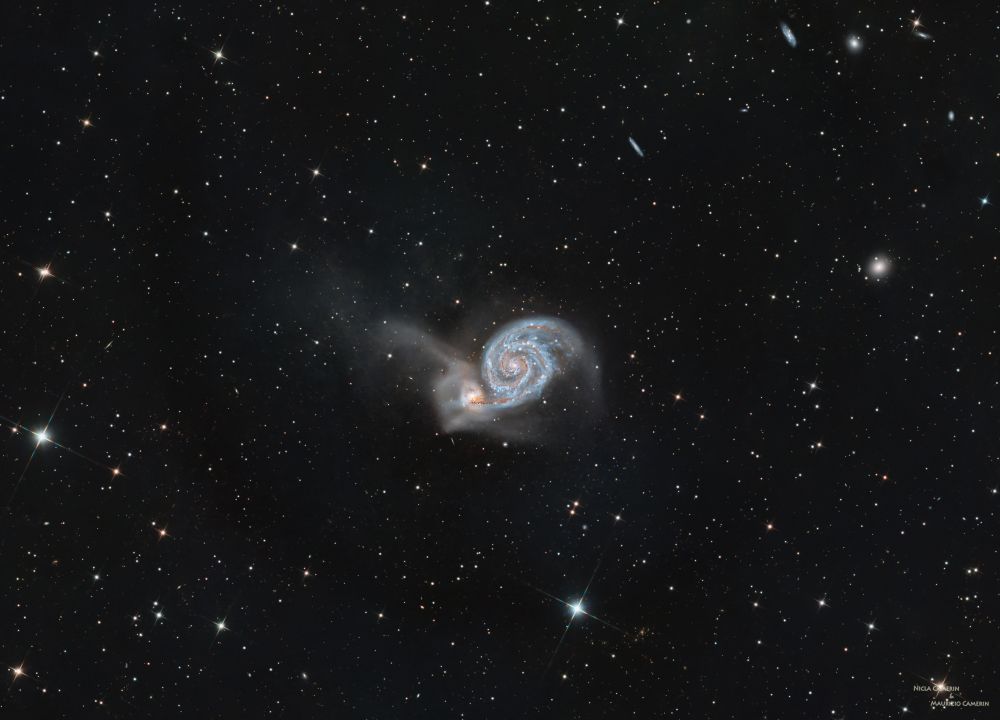
Image full version: https://www.astrobin.com/full/gza49l/B/
Description: https://www.astrobin.com/gza49l/B/
Dates sessions
May 7, 2021
June 10, 2022
March 18 - 19, 2024
Integration: 5h 1′ 30″
Filters Used:
Optolong L-Pro 2"
Radian Triad Ultra 2"
🔭M 51-Whirlpool Galaxy🔭 Is located between 21-31 M l-y from Earth in the constellation Canes Venatici. Overall is about 88% the size of the Milky Way and estimated 400 M y old.
The companion galaxy is NGC 5195, has been interacting for million years.
www.astrobin.com/full/gza49l/B/ #Galaxy #Space
14.07.2025 13:11 — 👍 0 🔁 0 💬 0 📌 0
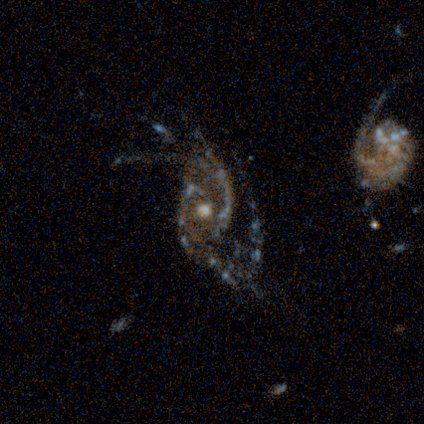
A clumpy galaxy, possibly merging from the Galaxy Zoo: Hubble project, classified by 125 volunteers.
A clumpy galaxy, possibly merging, observed with the Hubble Space Telescope in the AEGIS survey.
It is at redshift 0.75 (lookback time 6.78 billion years) with coordinates (214.56647, 52.68451).
125 volunteers classified this galaxy in Galaxy Zoo: Hubble.
14.07.2025 12:42 — 👍 19 🔁 2 💬 0 📌 0
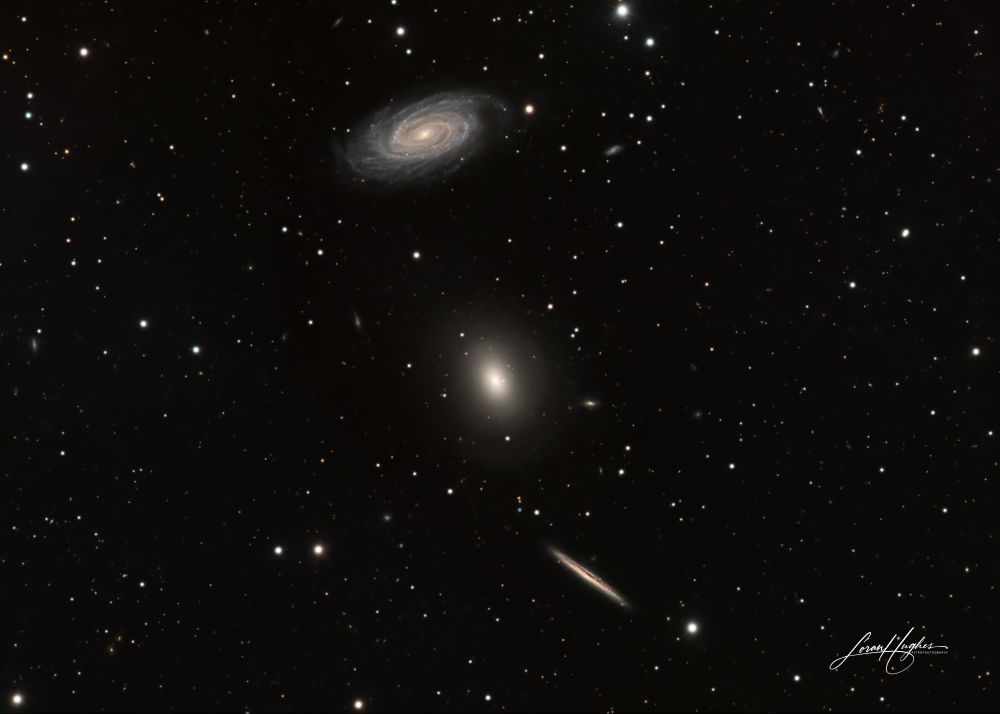
Draco Triplet galactic group.
The Draco Triplet, in the constellation (you guessed it) Draco! The spiral galaxy at the top (NGC 5986) is about a third larger than our Milky Way and 140 million light years distant! Image details on my Astrobin page at app.astrobin.com/i/jccmmy #astrophotography #astronomy
08.06.2025 22:38 — 👍 109 🔁 15 💬 2 📌 1
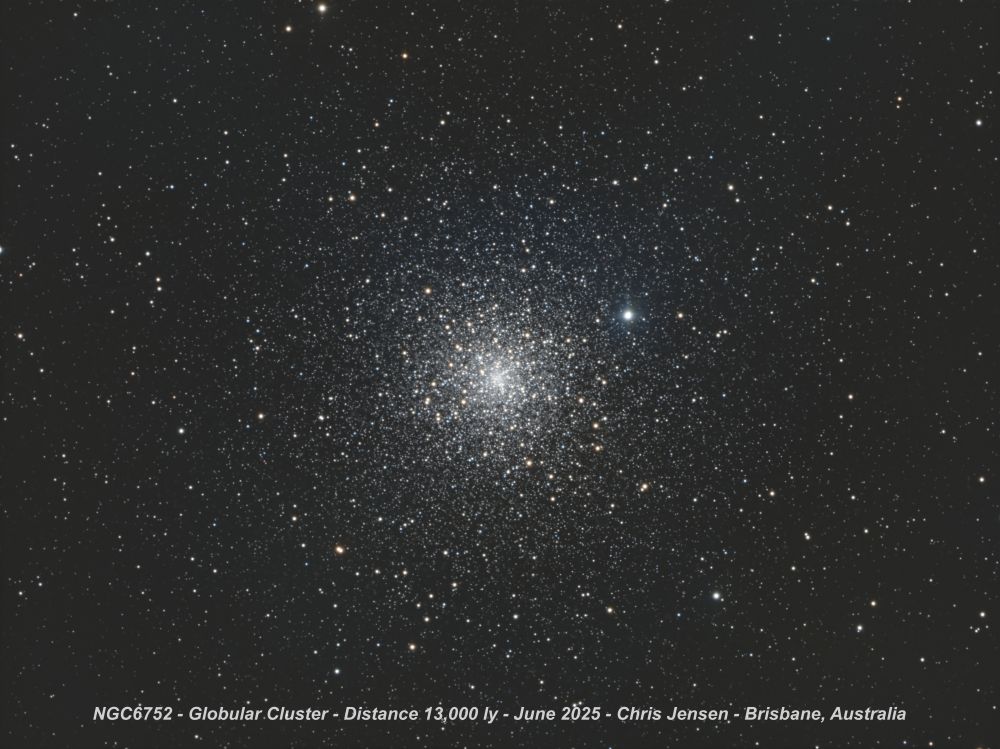
NGC 6752 – Globular Cluster in Pavo
One of the brightest and nearest globular clusters in our galaxy, NGC 6752 lies roughly 13,000 light-years away in the constellation Pavo. This dense sphere of ancient stars is estimated to be over 11 billion years old and contains multiple stellar populations, including blue stragglers and millisecond pulsars—signposts of complex internal dynamics and stellar evolution.
Captured using RGB filters, this image reveals the dense core and surrounding halo of stars, tightly packed into a cluster only ~100 light-years across. NGC 6752 is a post-core-collapse cluster, and its high central concentration is evident even at modest image scale.
Acquisition Details
🔴 Red: 33 × 180s
🟢 Green: 31 × 180s
🔵 Blue: 28 × 180s
Total Integration: 5 hours
Equipment
• Telescope: Celestron EdgeHD 8"
• Camera: ZWO ASI1600MM Pro
• Mount: Sky-Watcher EQ6-R Pro
• Filters: ZWO 36mm RGB
• Accessories: Primaluce Lab EAGLE5S, ECCO 2, ESATTO 2", ZWO EFW 7×36mm, ZWO OAG-L
• Software: NINA, PixInsight
Visible from the Southern Hemisphere during winter months, NGC 6752 sits near the bright star Peacock and is a rewarding target for both visual observation and resolved stellar imaging.
This is NGC6752, one of the brightest and nearest globular clusters to us at 13,000ly away. Working on RCW58 that sets at 11:30pm local, so I hopped over to this nice cluster for the second half of the night and got about 4.5 hours on it. #astrophotography
@kat-astro-bot.bsky.social
09.06.2025 10:32 — 👍 57 🔁 8 💬 1 📌 0
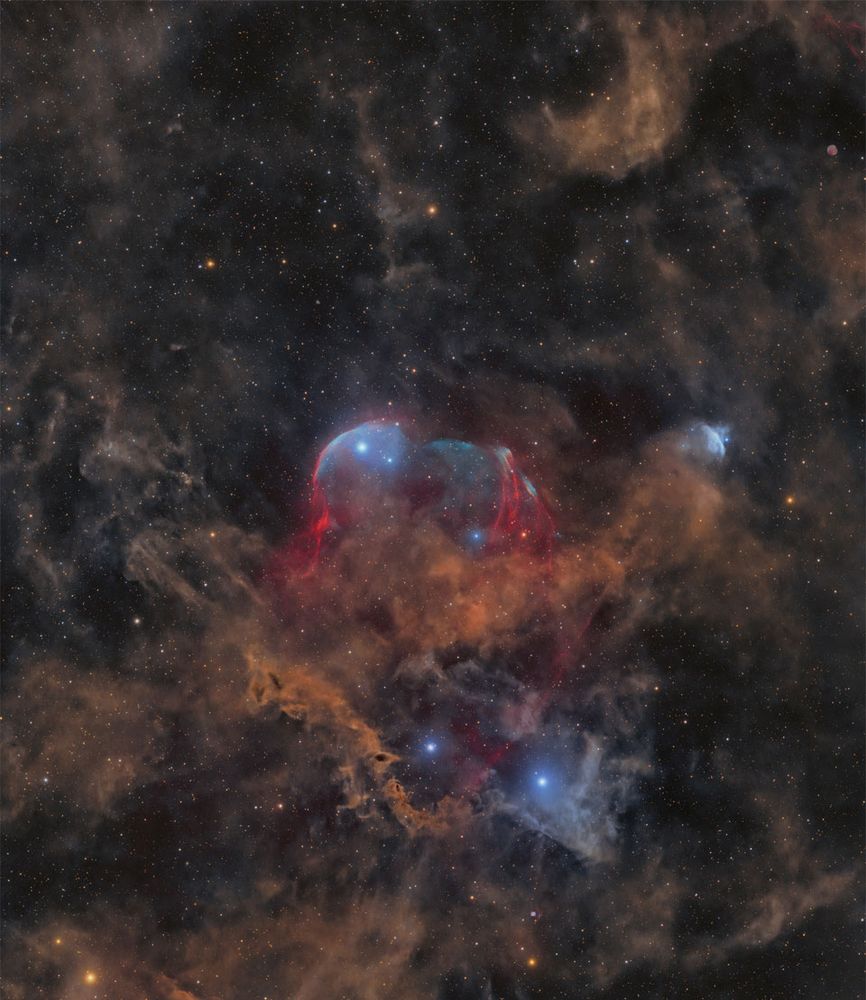
A starfield is shown with many stars and several faint light brown dust clouds. In the center is a large cloud with brown dust and gas shells lined in blue. Please see the explanation for more detailed information.
🔭 Between Scylla and Charybdis: A Double Cosmic Discovery
Image Credit: M. Drechsler, Y. Sainty, A. Soto, N. Martino, L. Leroux-Gere, S. Khallouqui, & A. Kaeouach; Text: Ogetay Kayali (Michigan Tech U.)
apod.nasa.gov/apod/ap25060...
09.06.2025 08:00 — 👍 152 🔁 38 💬 2 📌 3
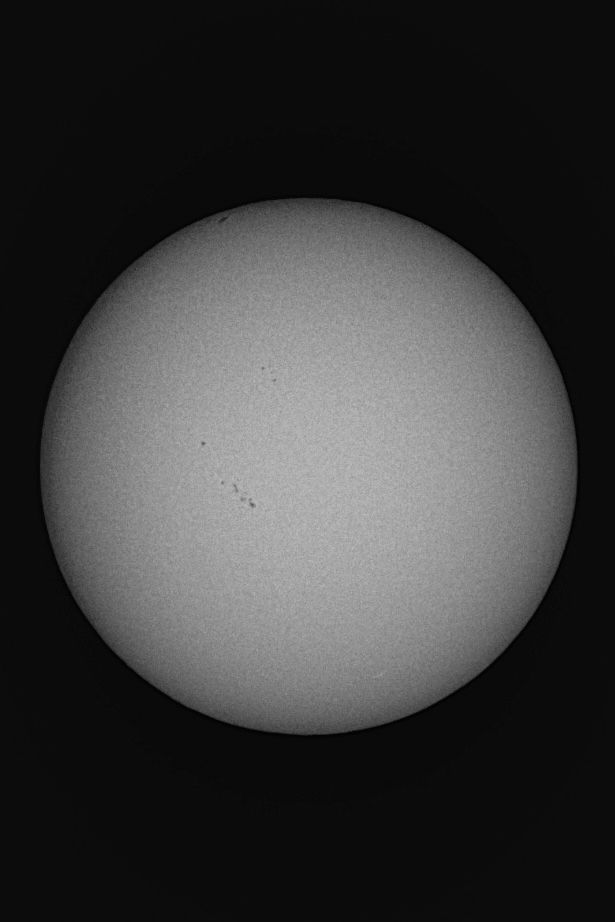
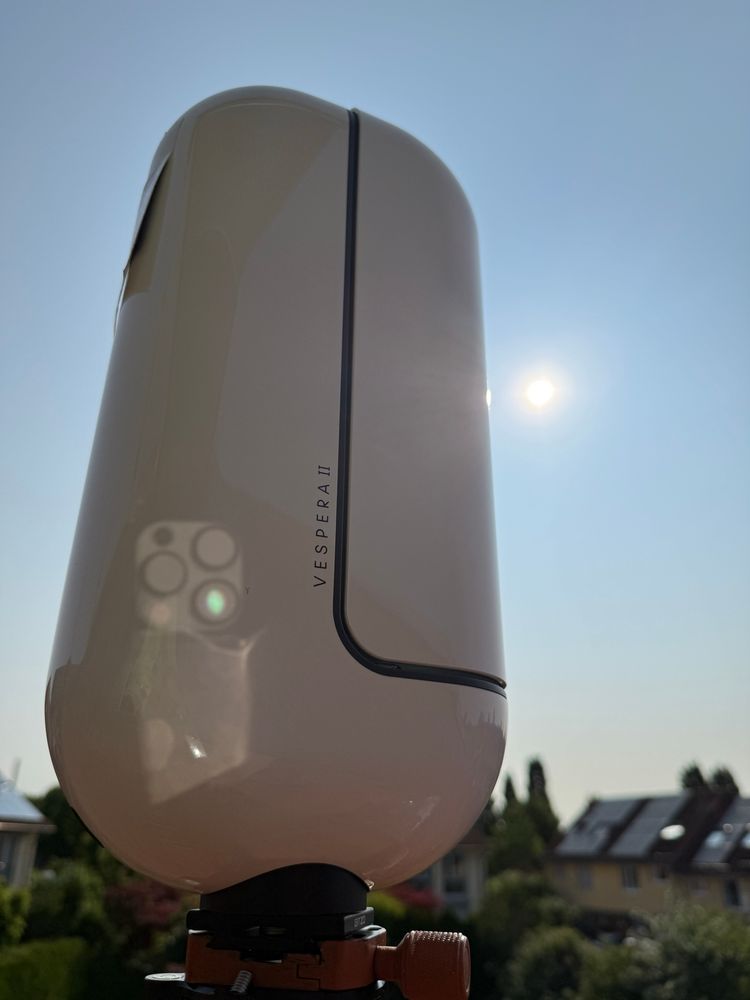
First light under the Sun with the solar filter on my new Vespera 2! ☀️🔭 A few tiny #sunspots are visible on the Earth-facing side—but they’re really small. #SolarImaging #smarttelescope #Vespera2
09.06.2025 12:54 — 👍 14 🔁 2 💬 3 📌 0
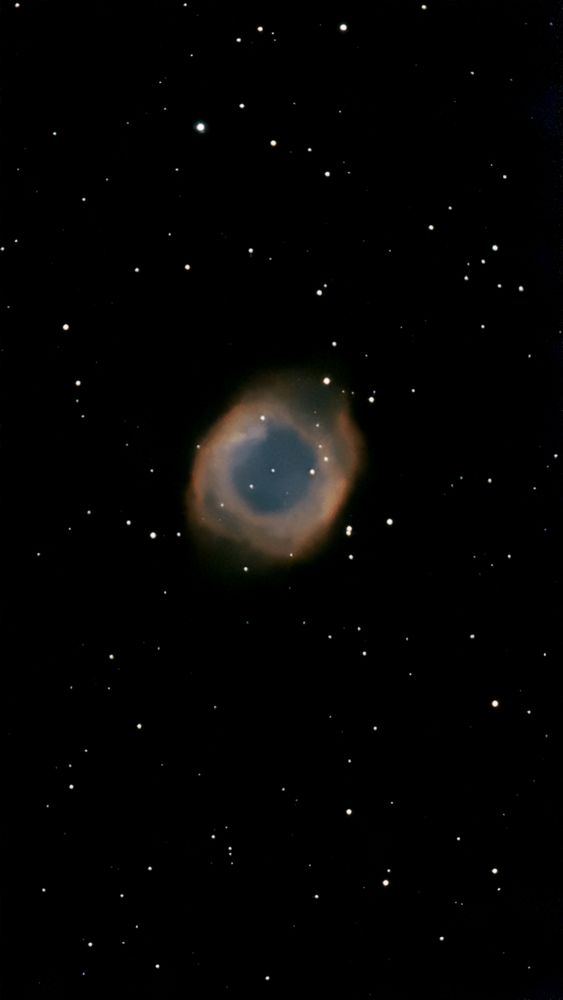
Helix Nebula.
Reprocesado en Siril de ésta imagen obtenida el año pasado con el Seestar s50 de 30' de exposición. Editada en Gimp.
El ojo de Sauron en el cielo...
#Astronomy #Astrophotography #Astronomia #Astrofotografia
09.06.2025 13:32 — 👍 7 🔁 4 💬 1 📌 0
there’s just something so magical about the universe… 🥹✨
09.06.2025 00:10 — 👍 139 🔁 19 💬 2 📌 1
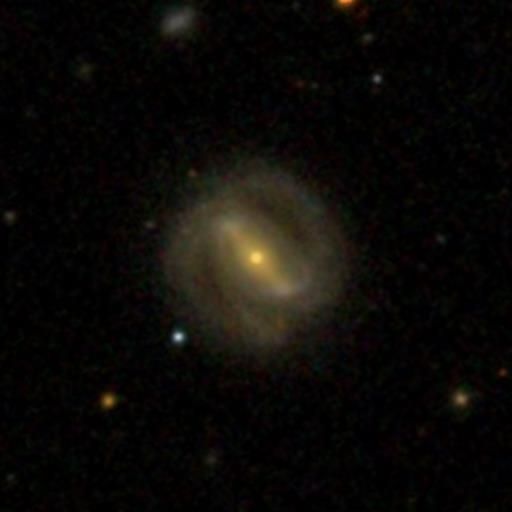
A barred spiral galaxy from the Galaxy Zoo 2 project, classified by 39 volunteers.
A barred spiral galaxy, observed with the Apache Point 2.5m Telescope in the SDSS survey.
It is at redshift 0.039 (lookback time 549.7 million years) with coordinates (237.74329, 33.86752).
39 volunteers classified this galaxy in Galaxy Zoo 2.
09.06.2025 08:28 — 👍 80 🔁 9 💬 0 📌 0
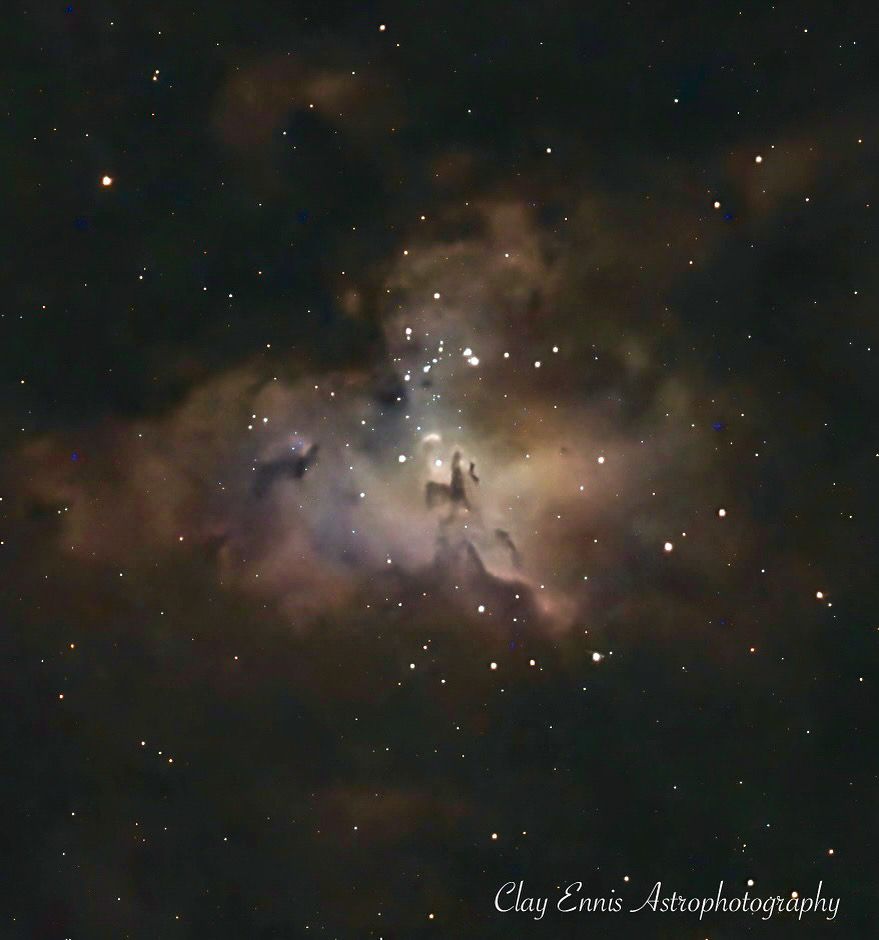
The Eagle Nebula! This is one of the most imaged objects in the night sky. In the center is the pillars of creation. I hope you enjoy! #science #space #universe #astronomy #astrophotography @kat-astro-bot.bsky.social
09.06.2025 04:50 — 👍 130 🔁 17 💬 4 📌 0
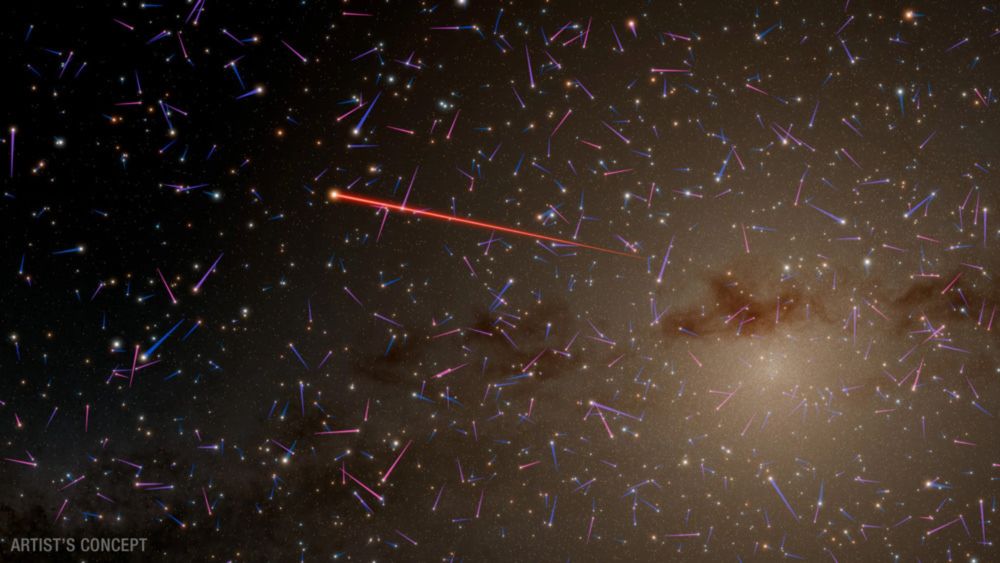
Did our local supermassive black hole recently eat its little sibling?
Indirect evidence suggests a smaller black hole orbited the much, much larger one
So, did our local supermassive monster black hole eat a slightly smaller but still quite huge black hole some time in the cosmically recent past?
Actually, yeah, maybe!
badastronomy.beehiiv.com/p/did-our-lo...
🔭 🧪
09.06.2025 14:33 — 👍 260 🔁 36 💬 11 📌 4
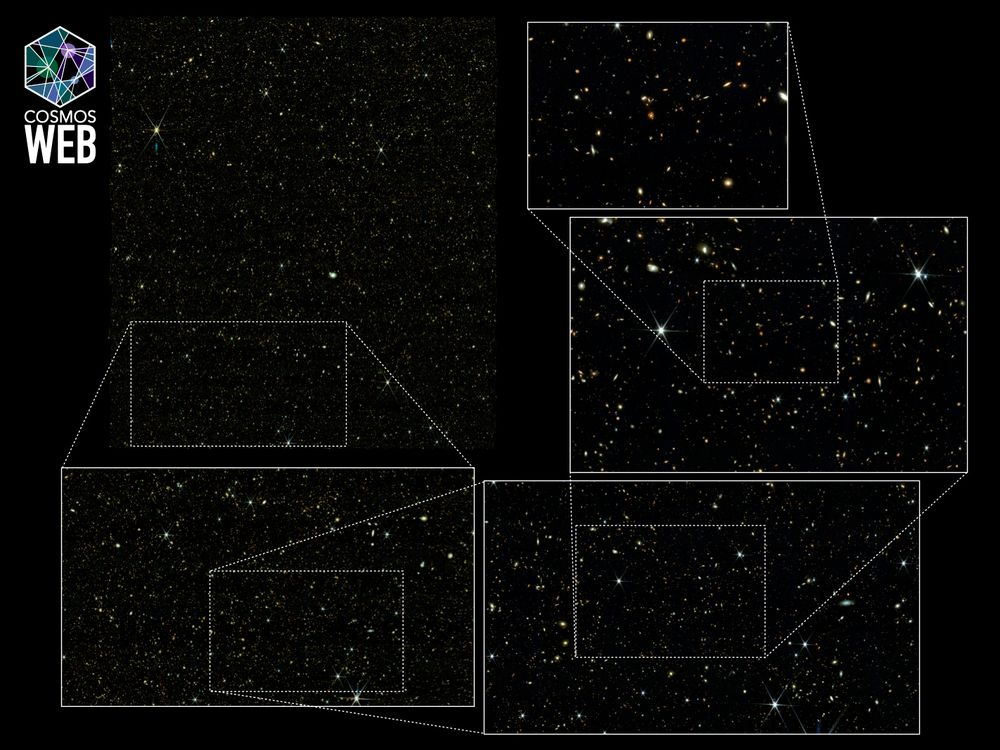
COSMOS-Web NIRCam mosaic (upper left) with zoom-ins to the region surrounding the COSMOS-Web Ring (upper right). This image covers more than 800,000 galaxies across the universe.
The new COSMOS-Web survey provides an unprecedented view of the universe, combing both breadth and depth.
It includes detailed information about 800,000 galaxies spanning more than 75% of cosmic history. And you can browse through it yourself online. 🧪🔭
cosmos.astro.caltech.edu/news/87
09.06.2025 15:04 — 👍 31 🔁 7 💬 1 📌 0
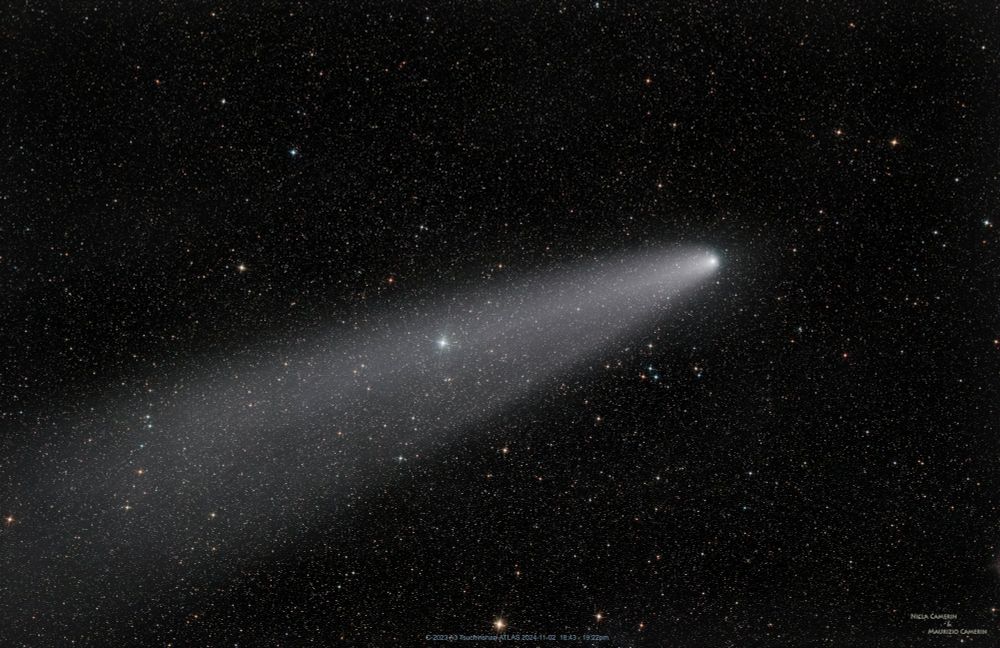
The comet sessions was done between October 31 and November 2, 2024.
This image comes from the last day session.
For details follow the links below
Session October 31, 2024
https://www.astrobin.com/bxcdab/
Session November 1, 2024
https://www.astrobin.com/3lx1pa/D/
Session November 2, 2024
https://www.astrobin.com/6egucs/D/
☄️Comet/2023 A3 Tsuchinshan-ATLAS☄️
November 2, 2024 18:43pm-19:22pm
Session 34 frames x 60 sec.
Comet originating from the Oort Cloud.
Closest approach to Earth was on October 12, 2024.
astrobin.com/full/6egucs/D/
#Astrophotography #Space #Astronomy #Comet
09.06.2025 15:19 — 👍 1 🔁 0 💬 0 📌 0
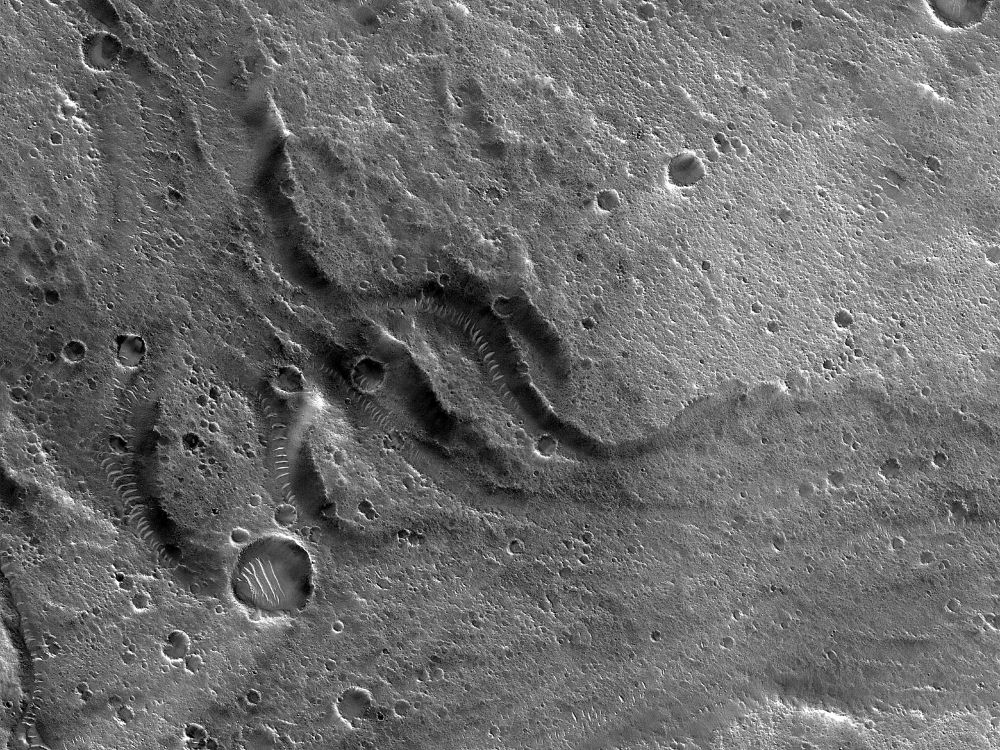
Streamlined Shapes
The objective of this observation is to observe streamlined forms. This scene is also avaiable in Context Camera imagery data.
ID: ESP_076000_2115
date: 13 October 2022
altitude: 290 km
uahirise.org/hipod/ESP_07...
NASA/JPL-Caltech/University of Arizona
#Mars #science
10.05.2025 14:10 — 👍 60 🔁 9 💬 0 📌 2
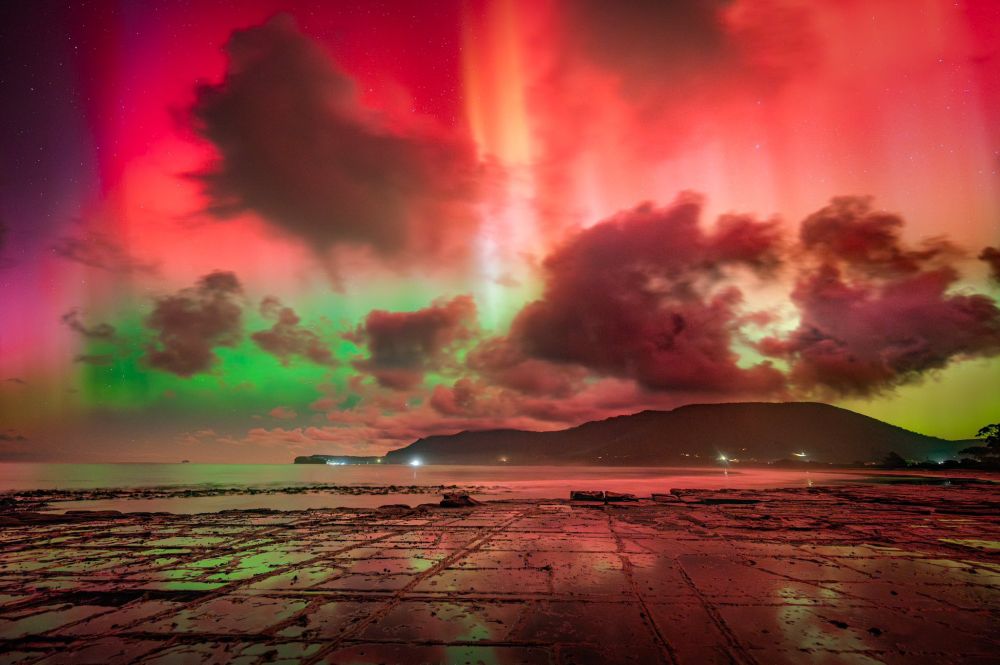
looking out over a natural flat rock shell towards a small hill. There are some clouds that are being silouetted against the bright red and green aurora
If you remember, there was loads of places around the world - even at higher latitudes (reported as high as Sydney) that saw the night sky dazzle in reds, green, soft purples and pinks.
That's our magnetosphere protecting us from the jerk Sun.
Sean O'Riordan took this awesome image from Tasmania.
09.05.2025 23:23 — 👍 59 🔁 9 💬 2 📌 0

#Lines of stars and meteors as the Earth rotates under them for the #BlueSkyArtShow. I discovered later that the planet was passing through three meteor showers at the time.
#StormHour #PhotoHour #PhotographersOfBluesky #PhotographersUnited #EastCoastKin #photography #longexposure
10.05.2025 15:08 — 👍 94 🔁 11 💬 3 📌 1

Good fun yesterday reintroducing legendary visual astronomy observer Stephen O'Meara to Harvard's Alvan Clark refractor telescope
09.05.2025 21:31 — 👍 159 🔁 5 💬 6 📌 1

Two images of the sun in hydrogen alpha. The left image was taken at 11:00 and the right at 16:00. Both disks show prominences at the edge of the disk and filaments on the solar disk. Comparison of the two images shows changes in the prominences over 5 hours.
Two h-alpha images of the Sun taken today 5 hours apart, showing changes in the prominences. Coronado SolarMax 🔭, Touptek 585M camera, stacked in AstroSurface, coloured, prominences boosted and solar disks inverted using Solar Toolbox in PixInsight. #astrophotography
10.05.2025 15:41 — 👍 29 🔁 2 💬 3 📌 0

This release features two composite images of a long, thin, cosmic structure. With the structure's vertical orientation, seemingly fragile dimensions, and pale grey color against the blackness of space, the images resemble medical X-rays of a long, thin, bone. The main image shows the structure in its entirety. The inset image is an annotated close-up highlighting an apparent fracture in the bone-like structure.
The structure, called G359.13, or "The Snake", is a Galactic Center Filament. These filament formations are threaded by parallel magnetic fields, and spiraling, energized particles. The particles cause radio waves, which can be detected by radio arrays, in this case by the MeerKAT array in South Africa.
In the first composite image, the largely straight filament stretches from the top to the bottom of the vertical frame. At each end of the grey filament is a hazy grey cloud. The only color in the image is neon blue, found in a few specks which dot the blackness surrounding the structure. The blue represents X-rays seen by NASA's Chandra X-ray Observatory.
In the annotated close-up, one such speck appears to be interacting with the structure itself. This is a fast-moving, rapidly spinning neutron star, otherwise known as a pulsar. Astronomers believe that this pulsar has struck the filament halfway down its length, distorting the magnetic field and radio signal.
In both images, this distortion resembles a small break, or spur, in the bone-like filament.
Something punched a celestial snake in the gut.
Radio images show the center of our galaxy is full of long, puzzling magnetic "snakes." This one has an unusual kink in it--apparently from where it was smacked by a pulsar racing by at nearly 1000 km/sec. 🧪🔭
chandra.harvard.edu/photo/2025/b...
09.05.2025 17:46 — 👍 424 🔁 63 💬 21 📌 8

Description: https://www.astrobin.com/9f7315/0/
Full resolution; https://www.astrobin.com/full/9f7315/0/
Dates: Aug. 22 - 23, 2023 Sept. 7, 2023
Frames: Optolong L-Pro 2": 307×35″(2h 59′ 5″) ISO2000
Integration: 2h 59′ 5″
🔭NGC7023-Iris Nebula🔭Is a bright reflection nebula illuminated by a +7.4 star HD 200775, located in the constellation Cepheus. The bluish light from the star is scattered off dust grains in the nebula, giving its distinctive color.
www.astrobin.com/full/9f7315/0/
#Astrophotography #ReflectionNebula
10.05.2025 15:42 — 👍 4 🔁 0 💬 0 📌 0
📷 Top Landscape Photography
©️ Only Attributed Works
✔️ Verified No AI
Collaboration: editorial@landscapehead.com
A space advocacy nonprofit founded in 1980 by Carl Sagan, Bruce Murray, and Louis Friedman, now led by Bill Nye.
Find your place in space.
Become a member today: https://www.planetary.org/
Astrophotographer imaging from my backyard in Brisbane, Australia. Selected prints available https://displate.com/brisbane_astro?art=6687b3b5a08c5&fbclid=PAZXh0bgNhZW0CMTEAAab0_m41kUz2FGEnlQtBsEPuA-7aGcTJbVisEOe2LxFnZCOMSHBs3elSeMI_aem_hP9STM5kdcA7LtEWj5JL
Robotic solar system exploration, night sky photography, exasperating earnestness. Opinions my own.
Associate Professor of Earth, Environmental, and Planetary Science at Washington University in St. Louis • Planetary Data System Geosciences Node Director • Planetary Bastard • he/him/Sir
Spacecraft systems engineer, amateur astrophotographer, general space nerd
Photo sharing bot for planetary and deep space images.
Run by @kevinmgill.bsky.social
Content providers added with permission.
UK based in 🏴 Entomologist 🇵🇷
Former ITAP.gov Invert chair and US Federal Employee
Former US Labor Union Leader
Film Ent: imdb.com/name/nm13959020/
Editorial admin at: https://www.sswento.org/
Board Member: circulodepr.org
Views are personal.
If you like space, you are in the right place! Follow me for Astro shots of our cosmos!
Studied Astronomy:Exploring Time and Space, University of Arizona (Coursera) and Super Earths and Life at HarvardX (edX)
Restoring the night and protecting communities from the harmful effects of light pollution through outreach, advocacy, and conservation.
DarkSky.org
ESA l'Agenzia Spaziale Europea. Notizie sulle attività spaziali fornite in italiano dall'Agenzia Spaziale Europea
La Agencia Espacial Europea, ESA. Toda la información en #español sobre el espacio
Latest news on @esa.int's launches, projects and developments in space transportation.
Please see our Privacy Notice: esa.int/connectwithus
Keeping you posted on space science activities from the European Space Agency.
Web: http://www.esa.int/science
Privacy Notice: esa.int/connectwithus
#astronomy #space #science
Follow the latest news, developments and new technologies from the European Space Agency's R&D Directorate
Love astrophotography, writing, history, F1, soccer, geography, astronomy, cats, dogs, horror films, collecting old cameras and reporter gear. Soooo happy to be here and give this a go.
Amateur astronomer and astrophotographer. Capturing the beauty of the solar system and beyond.
Member of the British Astronomical Association.
Currently learning the electric guitar.
SCORM expert, e-learning developer
Full spectrum astrophotography, Food, Travel.
Never stop learning, keep discovering, embrace empathy and love. What makes me laugh: Books, Cats, and Archer.
Slava Ukraini!
Photographic Art. Mathematics Science and Nature in abstraction. Satirically in pursuit of happiness.
Eppur-si-muove! UnionYes! VeteransYes! RaiderNation!
)O( IDjembe IBreakforDancers SurferOfRainbows )O(
'FDJT/Ffascists/FriendsDon'tLetFriendsWatchFox'
Avid Amateur Astronomer
Stargazing never got me trouble 🔭








![Messier 14 – Metal-Poor Globular Cluster in Ophiuchus
Messier 14 (NGC 6402) is a moderately concentrated globular cluster located in the constellation Ophiuchus, approximately 30,300 light-years from Earth. With an estimated age of ~13.25 billion years, it is a representative example of the old, metal-poor stellar populations that inhabit the Galactic halo.
The cluster spans about 100 light-years in diameter and contains several hundred thousand Population II stars. Its low metallicity ([Fe/H] ≈ –1.28) reflects a formation epoch early in the history of the Milky Way. M14 is classified as a Shapley-Sawyer Class VIII cluster and exhibits a relatively diffuse outer halo surrounding a dense core.
More than 70 RR Lyrae variable stars have been identified within the cluster, making it useful for refining distance measurements through the period-luminosity relation. In 1938, a nova event was recorded on photographic plates, one of the few confirmed nova eruptions within a globular cluster.
Imaging Details:
Telescope: Celestron EdgeHD 8"
Camera: ZWO ASI1600MM Pro
Filters: ZWO Red, Green, Blue (36mm)
Exposure:
Red: 96 × 60 sec
Green: 90 × 60 sec
Blue: 90 × 60 sec
Mount: Sky-Watcher EQ6-R Pro
Software: NINA (acquisition), PixInsight (processing)
This image resolves the core and extended halo of M14 in broadband RGB. The cluster’s structure and variable population contribute to studies of globular cluster dynamics, distance calibration, and the early chemical evolution of the Milky Way.](https://cdn.bsky.app/img/feed_thumbnail/plain/did:plc:6mpbzjkeebrjlj2jbtehabsu/bafkreibg6x6yxrrelxu56lsuvsj2svvc5dmyro7qkb7wbosjluu6nuuvxe@jpeg)



















